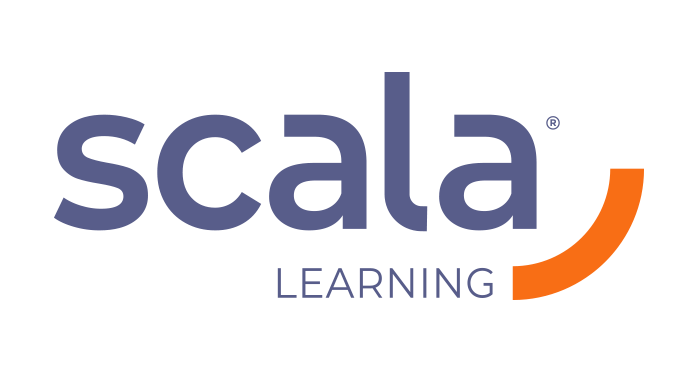Latin America is a region with a lot of potential in the education sector. It has challenges, but also great opportunities. The performance of the region since 2000 has been very interesting and promising, despite the crisis.
Between 2000 and 2013, access to higher education increased from 21% to 43%. It is estimated that the system included 20 million students, 10,000 institutions and 60,000 programs. This was basically due to the growth of the middle and lower middle class, which meant that family members who previously did not have access to a higher education program were able to go to university for the first time.
This growth also allowed women to have more access, almost 50% of the enrollment. These 20 million students mean greater employability, more income for families, more personal satisfaction, which in the end impacts the economic growth of the region.
Since 2016, private universities can be considered responsible for the increase in the number of university students enrolled in Latin America. In 2017, the number of students enrolled reached 30 million in 2017.
Taking the example of some countries: in 2017, private enrollment rates represented 84.4% in Chile; 74.7% in Peru; 73.3% in Brazil, 69.1% in El Salvador and the Dominican Republic, all with higher-than-average rates in Latin America (54%). Only Uruguay was under 21% in private enrollment with 14.2%.
It is important to mention that Argentina, Chile, Peru and Uruguay are in the stage of “universalization of education”, having a gross rate above 50%, and the other countries of the region are in the period of “massification”, with more than 15% growth, but less than 50% of the gross rate, according to Martin Trow’s classification.
Nowadays, we know there are factors such as:
● limited access
● high costs
● a lack of inclusive programs
● the gap between the workforce and universities and the workforce
● the lack of a more flexible regulation to go along with student and workforce demands
● more training for teachers
● the great divide between rural and urban education
● a society that questions the value of a degree
These factors have brought expansion to a stop and although they put us at a crossroads, they are sector-related problems that can be resolved.
How can we solve this? We do not have all the answers, but it must be a joint work. Some suggestions are: public and private investment in technological infrastructure, more flexible and inclusive policies, integration between academia and the labor sector, greater cooperation between universities and technology service providers and a wider offer in education. This is why it is important to increase the access to education from online spaces.
In the past few years, we have seen how certain universities (which shall remain nameless) have implemented successful online innovation models and boasted high growth rates, even during difficult years.
For example, Colombia has a university in Colombia that launched an online education program in 2012. In 2017 and 2018 it achieved a 30% percentage of growth for online undergraduate programs and more than 4% for online postgraduate programs per semester. Additionally, the retention rate in 2018 was of 85% for online undergraduate programs, while the continuity rate between semesters for online postgraduate programs was 88%, the highest in the country at the time.
In Colombia alone, from 2010 to 2016, the number of students enrolled in an online program went from 9,758 to 126,423; 1.195% more in just six years.
Mexico is another example of a success story with an exponential growth of students and an increasing offer of programs, not only at regional level, but in the five continents. In the last 10 years, these universities now have more than 50 thousand online students, in more than 30 countries. They took on the challenge of entering online learning over a decade ago and today their results are overwhelming.
Online learning environments have allowed universities to reach a greater number of students who could not access higher education due to high costs, lack of time, location and mobility issues, work or family commitments already acquired, or because of being older than the age allowed in the assigned level. Thanks to online learning, people who lived in remote regions of the main capitals were now able to obtain a university degree. Many of them, were the first to graduate in their families. Others were able to specialize or acquire specific knowledge to update the skillset required in their jobs.
Some problems arose during the pandemic. What was necessary to improve became obvious: many universities were not prepared with the right content or programs, teachers had not been well trained with the necessary technological skills, nor had the appropriate technologies, but still it was possible to advance.
With COVID-19 we have seen how digitization processes accelerated. Several universities managed to change the modality in one semester, launching a large number of new programs, reducing prices, offering courses 24/7, investing extensively in teacher training and beginning to use cutting-edge technologies; all of which shows that changes can be made.
We need to realize that online learning makes education more affordable, it covers a wider population, and is more inclusive. It is also a way to reach a larger number of people with a higher quality and fairness.
This does not mean that face-to-face learning is going to disappear. It means that there is room for everything: in-person, mixed and online education.
It all depends on the kind of student, their current situation, the country they live in, their abilities, socioeconomic sector, etc. Regardless of these factors, all students must be able to have access to a university.
Online learning is a way of dealing with: the demands of the market, disruptions such as COVID-19, or with youngsters and adults who want to continue studying. With investment, development, technology, and a touch of boldness, as a sector, we can successfully deal with the twenty-first century, different crises, the demands of students and the labor market. We must understand that online education is just a part of the solution; it is one of the many ways to meet the market needs and a driving force for change. At Scala Learning we give support to universities that want to enter the online learning market and expand their offer by helping them to grow with exceptional quality and innovation. You can learn more about Scala Learning on our LinkedIn and website.






